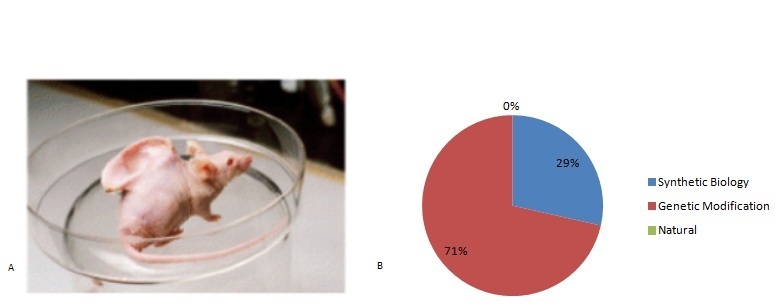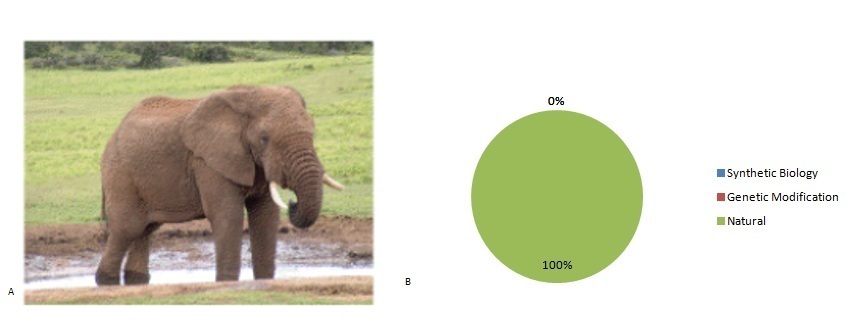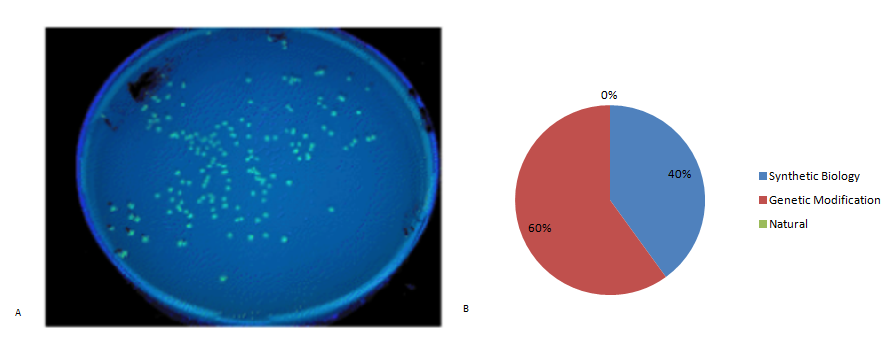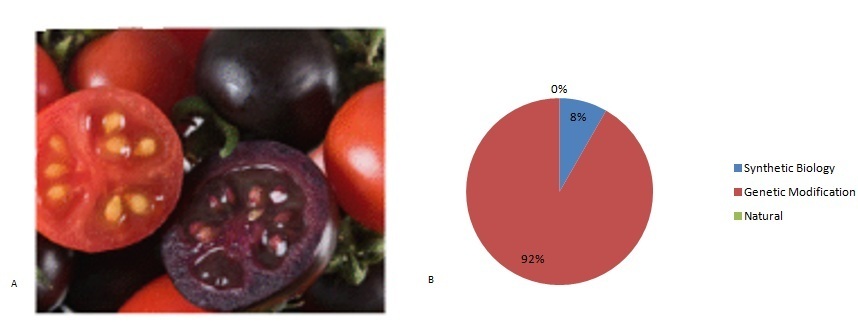Team:UEA-JIC Norwich/Human practices/Interviews
From 2011.igem.org
(Difference between revisions)
| Line 18: | Line 18: | ||
| | | | ||
[[File:Wiki elephant.jpg]] | [[File:Wiki elephant.jpg]] | ||
| + | <br> | ||
<br> | <br> | ||
Figure 4.A. shows an image of an agar plate containing e.coli that has been transformed to express green fluorescence protein (GFP). Image B shows that 60% of people considered this to be genetic modification, and 40% considered this to be synthetic biology | Figure 4.A. shows an image of an agar plate containing e.coli that has been transformed to express green fluorescence protein (GFP). Image B shows that 60% of people considered this to be genetic modification, and 40% considered this to be synthetic biology | ||
Revision as of 19:30, 19 September 2011
UNIVERSITY OF EAST ANGLIA-JOHN INNES CENTRE
 "
"









